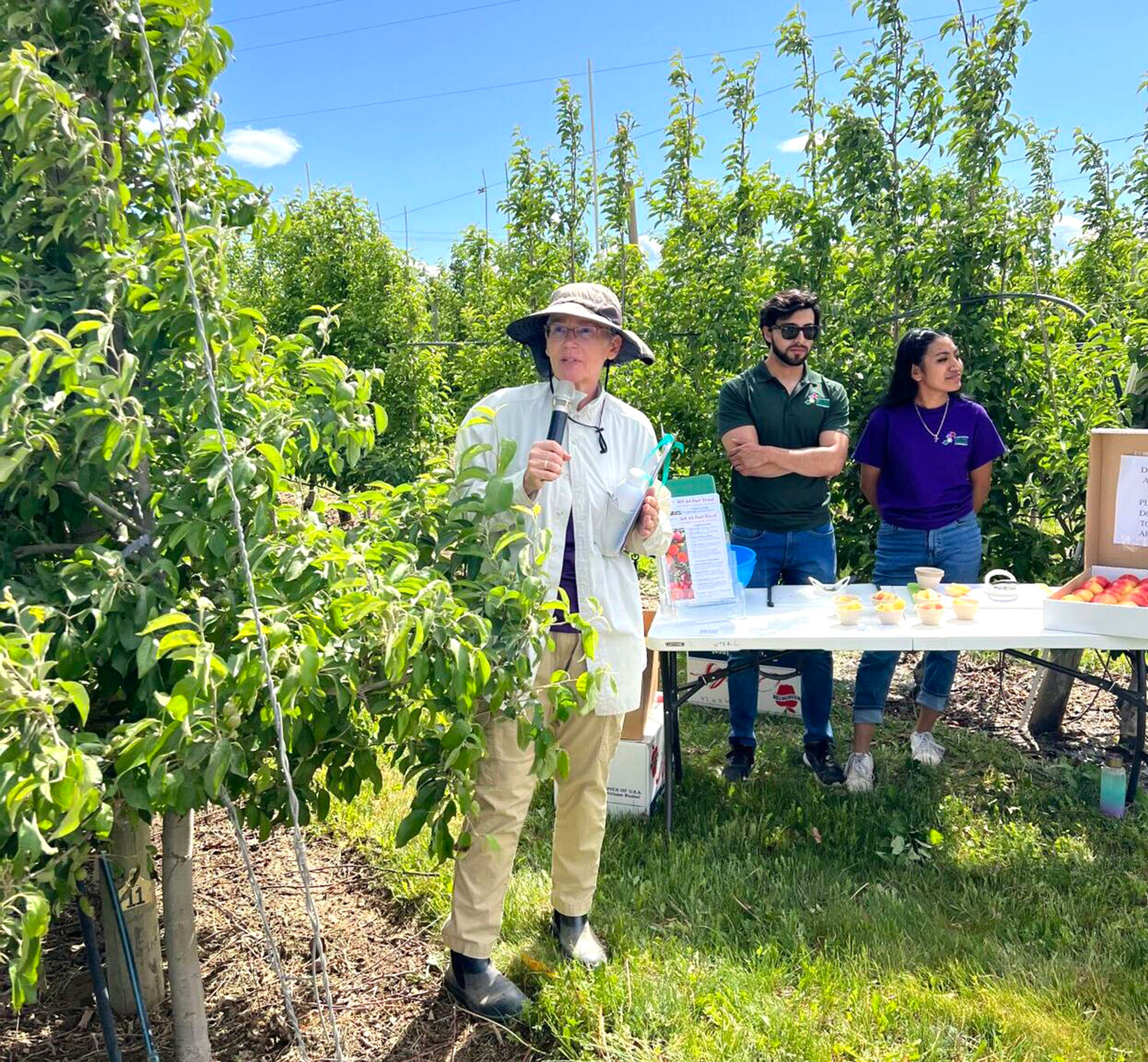Cranberry production expected to dip 10%
AG FALL '09: Still, fruit inventories should remain high, growers say
BOSTON - The nation's cranberry production is expected to fall by 10 percent from last year's record-breaking crop, even as worldwide demand for the berry continues to rise steadily.
Still, the U.S. Department of Agriculture forecast, released Tuesday, was not unwelcome news to growers.
Tom Lochner of the Wisconsin State Cranberry Growers Association said the estimates for this year were not cause for concern.
"This year's crop is probably more in line with a normal crop," he said.
He said his state's growers were working to capitalize on new demand to ensure it doesn't migrate to international suppliers, with steps such as more efficient growing techniques and planting new acres - up to 1,500 in Wisconsin this year.
Massachusetts grower and processor John Decas, chairman of the board at Decas Cranberry Products Inc., said growers should actually be wary of oversupplying the market. He said inventories remain high after last year's robust yield and high prices.
"If this crop comes in as predicted, we will certainly not, as an industry, use up that oversupply right away," said Decas, a member of the industry-sponsored Cranberry Marketing Committee. "It would appear that cranberries are going to have a lot less value than they had a year ago."
The USDA's annual report on cranberries estimated a crop of 7.09 million barrels in 2009, compared to 7.87 million in 2008. The yield last year shattered the previous record of 6.89 million barrels in 2006.
Massachusetts has the largest projected 2009 decrease, with the federal forecast predicting a 20 percent drop, to 1.90 million barrels from last year's record-high of 2.37 million. The federal report blamed cool, wet weather, which it said reduced pollination, and late spring frosts that damaged some bogs.
In Wisconsin, the country's largest cranberry producer with about 60 percent of the crop, an 11 percent drop to four million barrels was projected. The report said bogs were recovering from record production in 2008.
The USDA forecast increases for the smaller cranberry-producing states of New Jersey, Oregon and Washington, citing favorable weather in the three states. New Jersey's crop is predicted to rise 5 percent to 540,000 barrels, Oregon growers are looking at a 23 percent spike to 490,000 barrels and the Washington crop is forecast at 155,000 barrels, a 42 percent increase.
The nation's growers are just a decade removed from one of the worst periods in their history, when a cranberry glut crashed prices.
The industry increased demand by emphasizing the berry's health benefits and by pushing products such as the sweet, dried cranberries that keep the fruit on menus and on shelves year round. The dried berries are used in various recipes, as well as trail mixes and cereals.
Much of the industry's growth has come on the international market. In the last decade, Lochner said growers have gone from exporting less than 10 percent of the crop to exporting 25 percent now.









